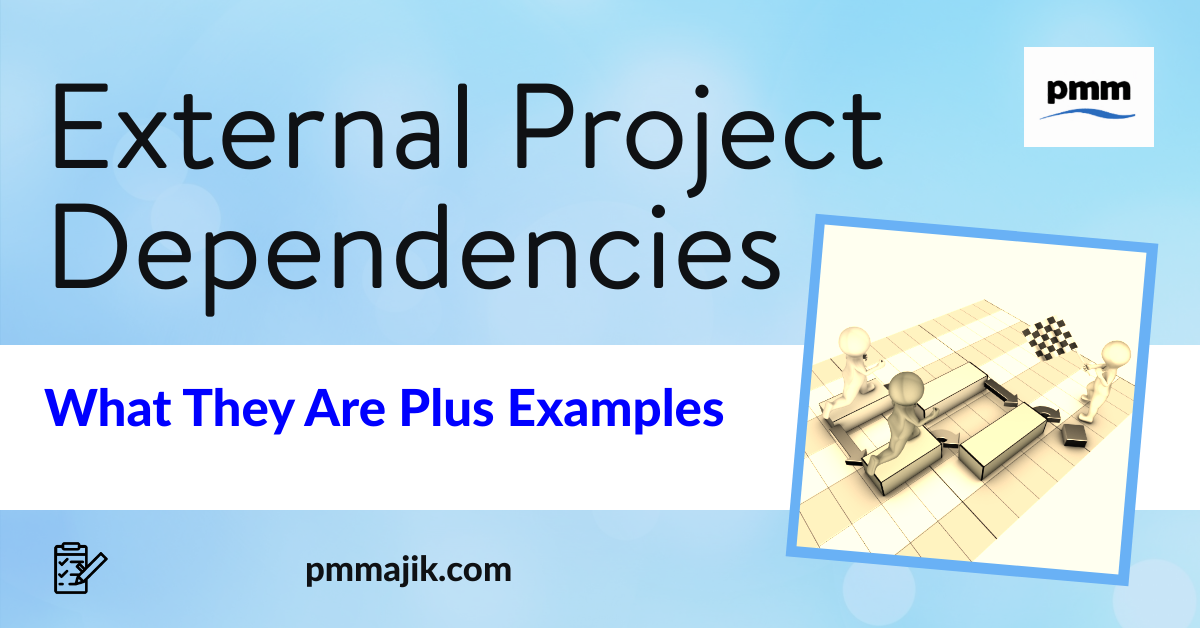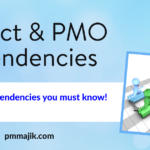A project management office (PMO) has a lot of control and oversight of projects, yet external dependencies are out of your or your projects’ control. Knowing what external dependencies are and having examples at hand can help you work with them properly.
External dependencies can either be mandatory – they have to be like that – or discretionary in that your projects choose to have the external dependency in place. It’s important to understand these elements of a project since your project managers and your PMO don’t have control over them.
With that, we’re going to explore:
- What external dependencies are
- Some examples of external dependencies
- How to plan and schedule for external dependencies
To help you keep on top of these issues and help you plan for them better in the future.
What is an external dependency?
An external dependency is an activity in a project that the project team has no control over. The activities don’t directly form a part of the project but need to take place in order for the project to progress.
Having an external dependency means a project input comes from an external source, which could be:
- The client
- The project end-user
- A supplier or vendor
- A legal actor
- Another department within the business
- Your PMO
We’ll look at examples of how each of these project stakeholders can have an external dependency in the next section.
An issue with an external dependency is much more likely to cause disruption to a project. Knowing how to work with and manage them will help keep projects on track.
What are examples of external dependencies in a project?
Projects will need input from outside – as frustrating as it can be for your project managers sometimes. Referring back to the list we outlined of external actors involved in projects, here are some examples of how they can form an external project dependency:
- The client can request sign-off at prescribed milestones – these can hold up a project if the client isn’t ready to complete the review on time.
- The project end-user may need to provide requirements and feedback at key points which can sometimes go off-schedule.
- A supplier or vendor may need to deliver new hardware, the first batch of products, or even a login for an online tool and delays can affect delivering the project on time.
- A legal actor could be a government department that needs to give permission, such as getting planning permission from local government before a building project.
- Another department in the business may need to sign of accounts or expenses or even release a person to be a subject matter expert in a project which can take time.
- Your PMO will likely have reporting requirements to ensure projects are adhering to your rules and they need to be signed-off before the next stage of a project can commence.
How do I plan and schedule for external dependencies?
It can be challenging to plan for external dependencies. There is little control to be exerted but relationships can still be managed to keep bottlenecks to a minimum.
Each project needs to have an external dependency log. This should then feed into a wider PMO external dependency log. Here, project managers keep a record of the external dependencies to make sure they know what activities need to be managed and monitored.
There should be regular meetings with people who dependencies rely on. This keeps communications open and ensures that when an activity does go external, the project manager can move it forward.
Once an external dependency has been resolved, the dependency log needs to be updated. It should note how the dependency was managed and any extra information such as a useful point of contact. This means that both the project manager and your PMO will be better able to manage similar external dependencies in the future.
Working with external dependencies
It’s challenging for a project to control external dependencies – by definition, they are activities that aren’t done within the project team. When you know what external dependencies are and see examples of them, you can start to develop a log of them to help move them along in the future.





